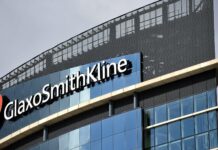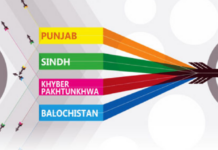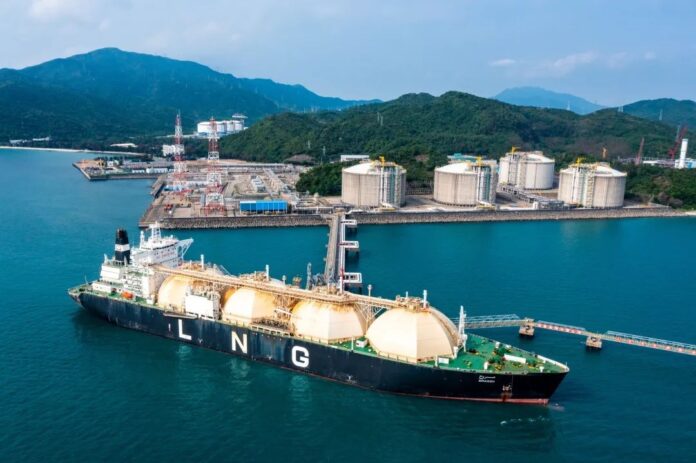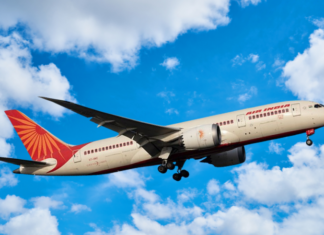U.S. energy companies are pressing the Trump administration to exempt liquefied natural gas (LNG) tankers from a new regulation requiring producers to transport a growing share of exports on U.S.-built ships.
The policy is part of a broader effort to boost domestic shipbuilding.
As the world’s top LNG exporter, generating $34 billion annually, the U.S. has benefited from strong federal support for the sector under President Donald Trump’s push for energy dominance. However, the U.S. Trade Representative (USTR) announced on April 17 that LNG producers will be required to transport 1% of exports on American-built vessels beginning in April 2028.
This quota will rise incrementally to 15% by April 2047 and beyond.
The American Petroleum Institute (API) warned in an April 23 letter to Energy Secretary Chris Wright and National Energy Dominance Council Chair Doug Burgum that the U.S. lacks sufficient American-made LNG ships to meet the mandate. Burgum also serves as Interior Secretary.
API CEO Mike Sommers said the rule could undermine recent progress in the LNG sector. API represents major energy companies including Exxon Mobil, Chevron, and Cheniere Energy.
Industry groups noted that exporters could face penalties for non-compliance, including the loss of export licenses, despite having little control over which ships are available or used. Sommers emphasized that individual exporters are being held accountable for systemic limitations outside their control.
API Vice President of Corporate Policy Aaron Padilla reiterated the organization’s commitment to collaborating with the USTR and Department of Energy on practical policies that support both consumers and the broader goal of American energy leadership.
The USTR has not commented on the rule, which was introduced as part of a larger strategy to counter China’s increasing maritime and commercial power.
Globally, 792 LNG carriers are currently operational, according to shipping consultancy AXSMarine. Of those, 703 were built in South Korea and Japan. China has built 58 and is ramping up production. Only five American-made LNG carriers exist, all dating back to the 1970s and currently out of service.
South Korea leads global LNG shipbuilding with 232 carriers on order, followed by China with 101. U.S. shipyards are not expected to meet the required production in time. The Center for LNG stated that no compliant vessels currently exist in the U.S. and building new ones would take decades.
API’s Sommers pointed out that five U.S.-built LNG carriers would be needed to meet the 1% quota by the end of the decade, but construction timelines make this unrealistic. Each ship could take up to five years to complete, and only two U.S. shipyards have facilities capable of building them.
Sommers also urged the administration to exempt crude oil and refined product imports and exports from the rule, aligning with previous exemptions from tariffs.
Vehicle carrier operators are also seeking relief from new USTR rules announced April 17 that would impose high port fees on foreign-built vessels.























